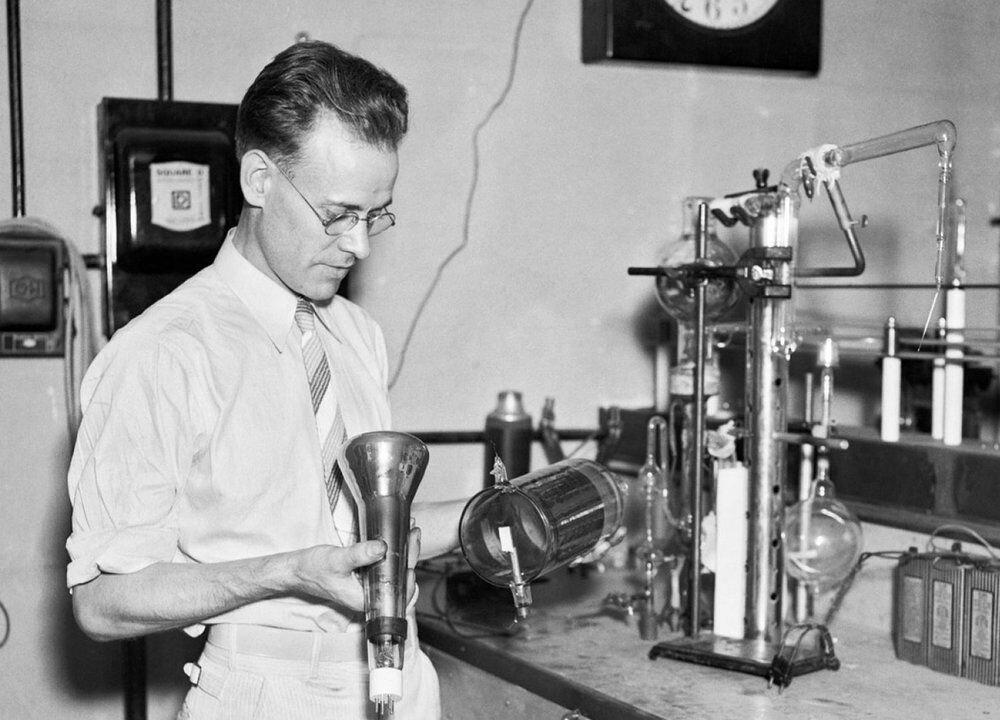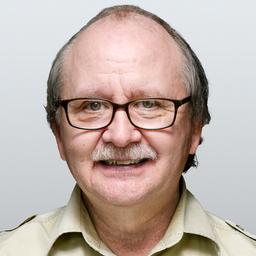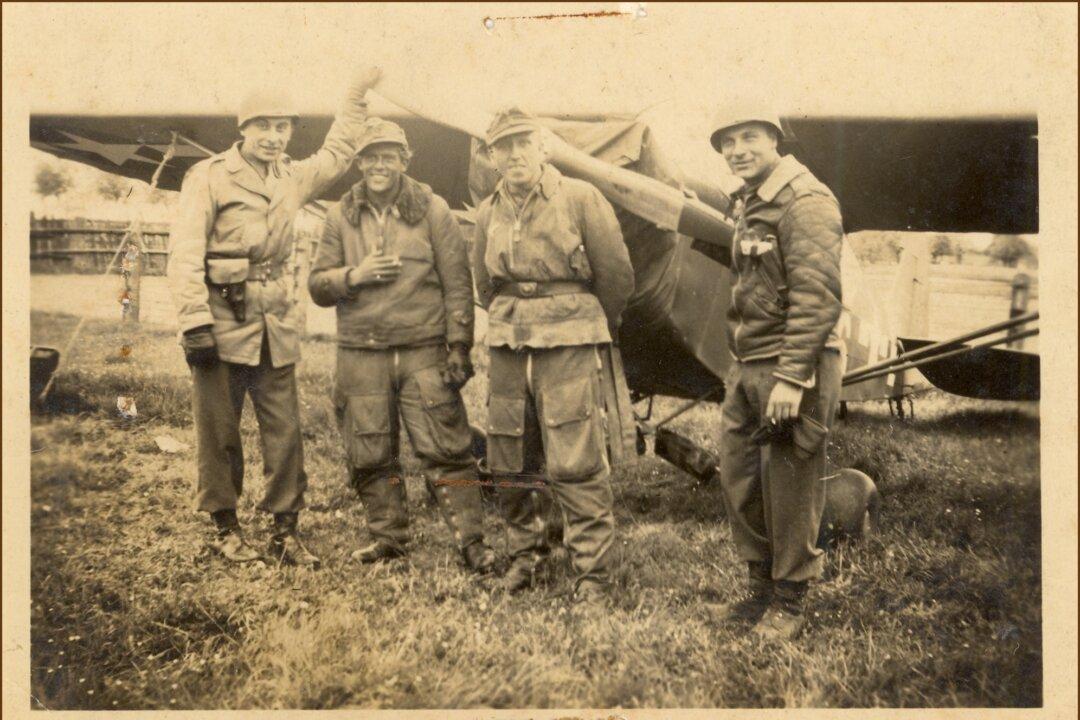On a summer’s afternoon in 1920, 14-year-old Philo Taylor Farnsworth was plowing a potato field on his family’s Idaho farm. The horse was pulling a disc harrow, and the teen followed behind.
Farnsworth, the horse, and the harrow plowed a row, turned around, plowed another row, and turned around again until the job was done.
It was at this moment that the science-loving teenager had an idea. If he could train an electron using the same method—go to the end of one row, turn around, then another row—he could send pictures through the air.
The inspiration for television came from a horse.
The Next Step
The following fall, Farnsworth started high school. At the end of the school year, he took his idea to his science teacher, Justin Tolman, and wrote out on the chalkboard just how the transmission of pictures would work.
Tolman had a hard time following what the freshman was saying. At the end of their conversation, Farnsworth drew in his notebook a sketch of what the inner workings of a television camera might look like, tore out the page, and handed it to Tolman. 30 years later, this crude diagram proved to be a crucial piece of evidence in a lawsuit.
He dropped out of school to help support his family, and when his father, Lewis, died soon after, there was no going back. At 19, Farnsworth married literally the girl next door, Elma Gardner, who went by the nickname Pem. Two investors, Les Gorrell and George Everson, set the couple up with a lab in California with their investment of $6,000. Farnsworth knew he’d be devoting an enormous amount of time to research, so he asked Pem to work with him side-by-side. She agreed.
As documented in Farnsworth’s book of daily records, the first successful television transmission took place on September 7, 1927. Everson sent a telegram to Gorrell with the single sentence, “The damn thing works!”






